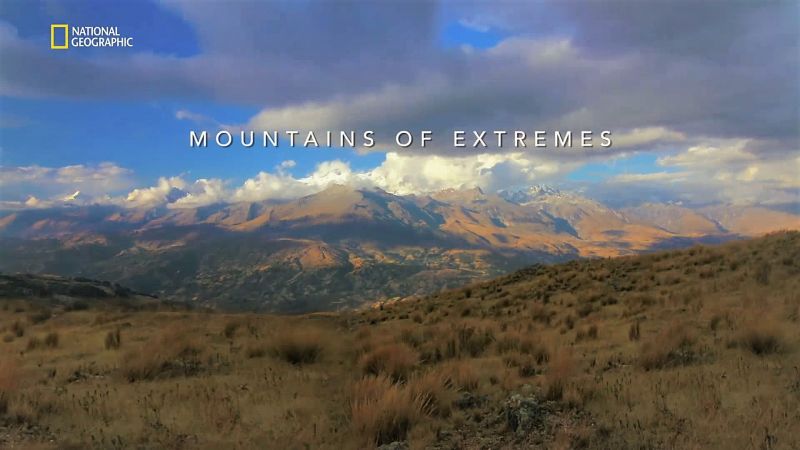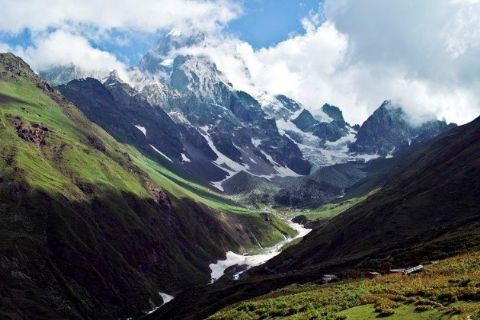You might also like
Meet the big birds, a feathered family who have never flown a day in their lives! From ostriches to kiwis, these bizarre birds appear to be nature's greatest novelty act. How they came to be and how they continue to survive is a fascinating tale that has long captivated Sir David Attenborough. It is a story of dedicated dads, enormous eggs and a serious need for speed. And far from being the court jesters of the animal world, these flightless curiosities once nearly ruled the land.
Natural World • 2015 • Nature
Delving beneath the surface of the Earth's oceans to uncover a world of extraordinary extremes, including crushing depths, stormy coasts, vast blue deserts, and crowded reefs; how seals fend off sharks; how orcas fight to survive.
S1E2 • Hostile Planet • 2019 • Nature
This episode follows the animals of Argentina, living life at the mercy of the Andean mountains. These peaks dictate a hard existence for every living creature from their summits to the very edge of the Patagonian steppe, forcing even the cutest resident to turn carnivore.
S1E1 • Wild Argentina • 2017 • Nature
From the snow-white peaks to scorching sun of deserts - all the Caucasus. Caucasus Mountains - not just a mountain ridge. This is a rich habitat for many species of flora and fauna, which feel great on the wooded slopes, and alpine meadows, and even in salt marshes. It is well settled down wild boar, Eurasian lynx, European bison and the rare fragile ophidian lizard. Caucasus - is another jewel in the crown of Wildlife Russia.
S1E4 • Wild Russia • 2009 • Nature
Traveling is extremely arduous for microscopic sperm -- think of a human trying to swim in a pool made of...other humans.
Antarctica - the coldest, windiest, most hostile continent. Only the toughest can survive here. From Weddell seals that grind back the ice with their teeth, to colourful starfish carpeting the seabed beneath the ice. Huge colonies of king penguins crowd any ice-free land, and four tonne elephant seals fight for territory on the beach. Life comes here because the ocean that surrounds the continent is incredibly rich. Thousands of penguins, seals, albatross, and over a hundred great whales feast on krill baitballs. However, the ocean here is warming and with that comes an uncertain future. (Number of days filming: 236)
S1E1 • Seven Worlds, One Planet • 2019 • Nature





